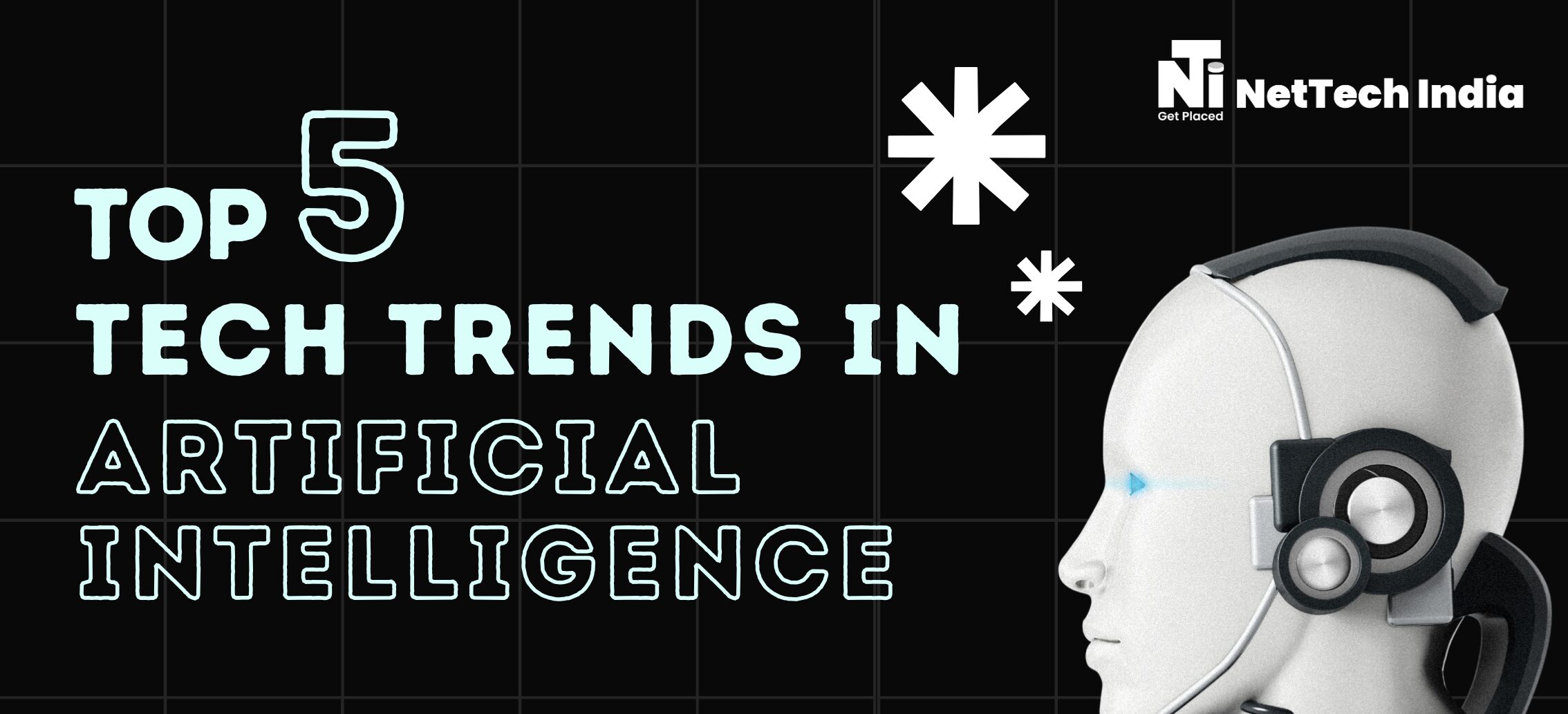5 Signs That AI Will Replace Entry-Level Jobs
Introduction
Artificial Intelligence (AI) is rapidly transforming the job market, automating tasks that once required human effort. While AI offers incredible efficiency and innovation, it also raises concerns about job displacement, especially for entry-level roles. Here are five key signs that indicate AI is likely to replace many entry-level jobs in the near future.
1. Repetitive Tasks Are Easily Automated
Entry-level jobs often involve routine, repetitive tasks such as data entry, basic customer service, or simple assembly line work. AI excels at automating such tasks with precision and speed, reducing the need for human intervention.
2. Advances in Natural Language Processing (NLP)
With AI models like GPT-4 and beyond, machines are becoming capable of understanding and generating human-like text. This means chatbots, virtual assistants, and automated email responders can handle many communication-based roles traditionally done by junior employees.
3. Cost Efficiency Drives Adoption
Businesses aim to cut costs and increase efficiency. AI systems operate 24/7 without breaks, sick days, or salary demands. For companies, replacing entry-level jobs with AI tools can lead to significant savings and consistent performance.
4. AI in Decision Support and Analysis
Entry-level positions that involve sorting, categorizing, or preliminary analysis (like in finance or HR) are vulnerable. AI tools can analyze vast datasets quickly, providing insights that were previously labor-intensive, thus reducing the need for junior analysts.
5. Growing AI Integration in Customer-Facing Roles
Self-service kiosks, AI-driven help desks, and automated phone systems are increasingly common. Many entry-level retail and customer support roles are being augmented or replaced by AI systems that provide faster and more scalable solutions.
Conclusion
AI’s impact on entry-level jobs is becoming more evident as technology improves and adoption increases. While some roles will evolve, others may disappear, prompting workers to upskill and adapt. Understanding these signs can help individuals and organizations prepare for the future of work shaped by AI.
More in this Category
-
 Top 5 Tech Podcasts to Follow for News, AI, and Trends in 2025
Top 5 Tech Podcasts to Follow for News, AI, and Trends in 2025 -
 Apple’s 2026 Roadmap: What’s Next After the iPhone 17 Ultra?
Apple’s 2026 Roadmap: What’s Next After the iPhone 17 Ultra? -
 Should You Upgrade Your Phone Every Year? Here’s the Truth
Should You Upgrade Your Phone Every Year? Here’s the Truth -
 The Evolution of Smartphones in the Last 10 Years
The Evolution of Smartphones in the Last 10 Years -
 Tech Addiction: How to Unplug Without Quitting Cold Turkey
Tech Addiction: How to Unplug Without Quitting Cold Turkey -
 Best Tech Podcasts to Follow If You Love Innovation
Best Tech Podcasts to Follow If You Love Innovation -
 Why Everyone’s Obsessed with Foldable Phones – Are They Worth It?
Why Everyone’s Obsessed with Foldable Phones – Are They Worth It?
